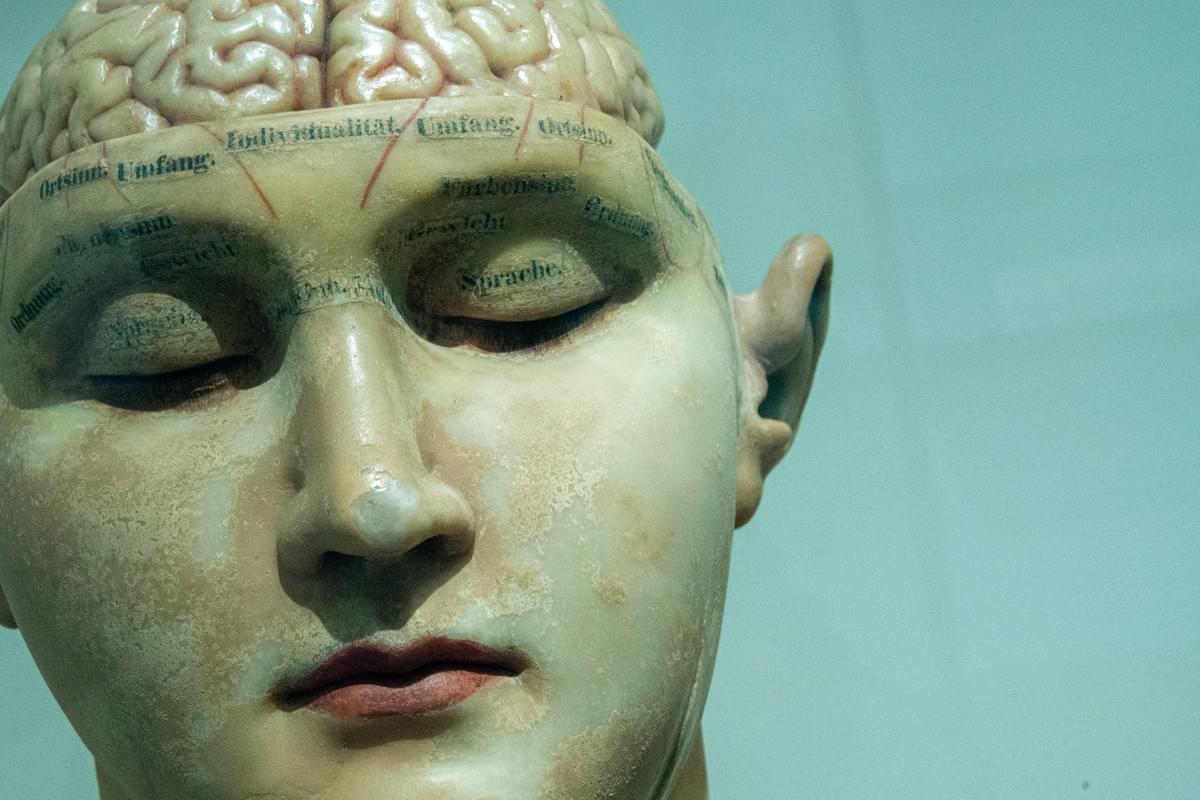
A well-done recent study comparing the effects of SGB treatment with a placebo remedy found that the two treatments had equal positive results. This study was quite significant since it was the first of its kind, and thus, the first of its type to compare SGB therapy with a placebo remedy. The use of psychotherapy, including SGB, is the most effective means of treating PTSD.
SGB is a type of psychotherapy, which involves the use of a large dose of local anesthetic, also injected into the cerebral arteries. The patient lies down on a table under medical supervision, and a trained therapist injects the anesthetic into the patient's brain through the neck and into the cerebellum. The anesthetic affects the functions of the sympathetic nervous system and calms the nerves. This in turn reduces stress and anxiety, as well as reducing reactions to past trauma.
The S GB treatment, including its use of sound, music, and a psychological element, is said to help patients remember better what happened during their trauma. While it has not been proven that memory is really retrieved or that PTSD is reduced by S GB, it does appear to be a successful means of helping patients recall things that may have been forgotten during the course of the event. Moreover, research shows that S GB helps people relax. The procedure is said to cause the patient's body to become more relaxed, as well as their mind.
As with any medical procedure, there are possible complications from S GB treatment for PTSD, which can include allergic reactions to the local anesthetic or the use of too much or too little of the anesthetic. It is also not clear whether the procedure works for all sufferers, or if only a small percentage of sufferers will actually experience the desired results. It is also not known whether S GB works by affecting the brain's pathways or by affecting the nerves.
No evidence exists linking S GB treatment for PTSD with changes in the levels of cortisol in the blood, nor have researchers examined the effect on abnormal behavior in any species. If the use of S GB in treating PTSD does cause lasting changes in behavior, that would only reflect negatively on how the treatment is being perceived by the public.
Other procedures are used in conjunction with S GB treatment for PTSD, including neurofeedback, phototoxic drugs, or carbon dioxide laser ablation. No conclusive studies have yet been published comparing these alternative treatments with S GB.
Each of these procedures will likely have varying degrees of success and, given the relatively low cost of S GB, it is not unreasonable to assume that they will compete with S GB. Nevertheless, these techniques are not aimed at addressing PTSD completely. Instead, they are aimed at ameliorating the patient's condition and allowing them some form of control over their symptoms.
This type of treatment is highly effective when dealing with very severe trauma. S GB uses highly sophisticated and targeted methods, such as brain imaging to determine which brain circuits have been affected by the trauma, then uses the appropriate neurofeedback to correct the damage done.
However, the use of this procedure can only be taken as a measure after other, more radical procedures have failed. As such, this procedure has not been used for nearly all cases of PTSD. If you probably want to get more enlightened on this topic, then click on this related post: https://en.wikipedia.org/wiki/Post-traumatic_stress_disorder